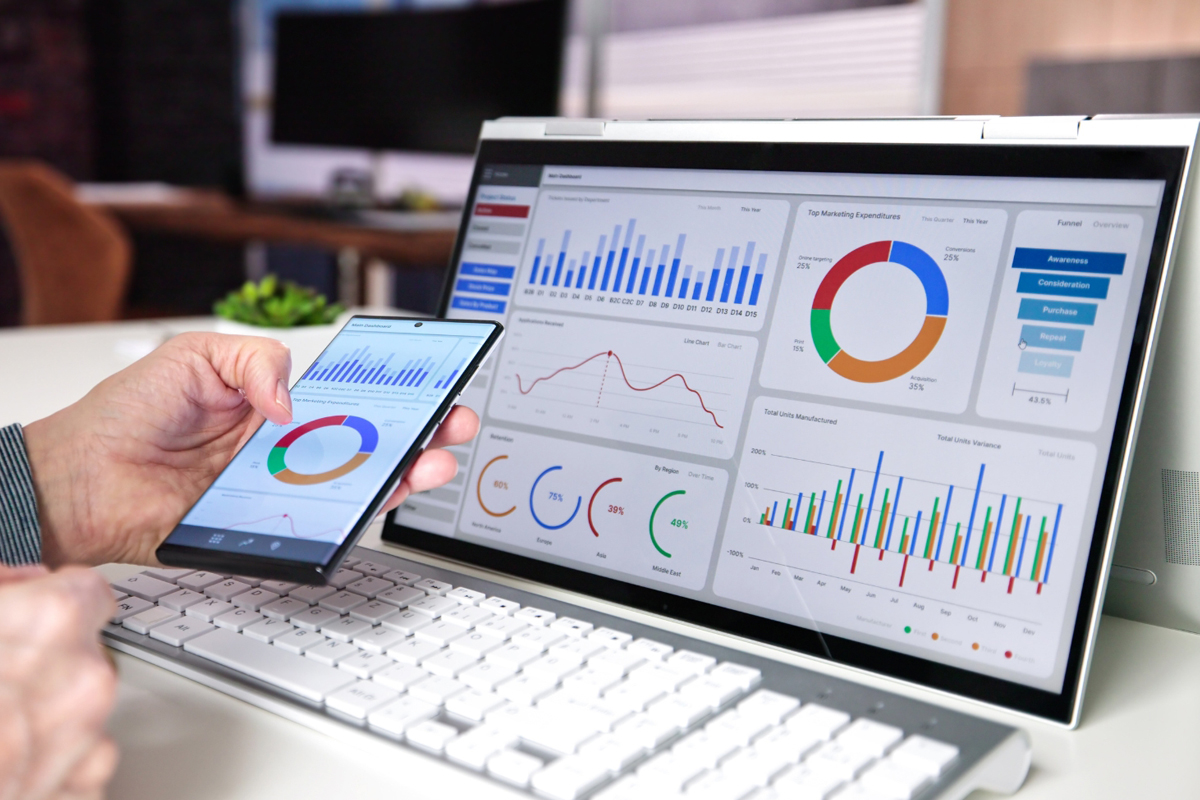
If you feel like you’re flying blind in Google Ads lately, you’re not alone. In 2025, running profitable campaigns has gotten harder, not because PPC is less effective, but because you’re getting less data. Google’s push toward automation, privacy-driven restrictions, and AI-powered ad delivery means marketers are dealing with reduced visibility into keyword performance, audience behavior, and conversion paths.
So how do smart advertisers still drive ROI?
They adapt. Here’s how to make your Google Ads campaigns profitable, even when the data gets thinner.
Step One: Shift From Granular to Strategic Targeting
Hyper-detailed manual targeting isn’t what it used to be. With fewer search term reports and less demographic detail, it’s time to zoom out.
What to do instead:
- Build broader, intent-driven campaigns focused on business goals (e.g., leads, demo sign-ups, appointment bookings)
- Use campaign-level conversion tracking tied to bottom-line outcomes, not micro-metrics
- Layer in first-party audience signals from your CRM or website behavior (time on site, page visits, etc.)
Broad doesn’t mean lazy, it means Google’s AI gets room to optimize. But you still need to steer the ship with the right business context.
Step Two: Feed the Algorithm With Smarter Conversion Data
In 2025, the advertisers who win are the ones who give Google the right data, whether there’s less of it or not.
Focus on:
- Offline conversions: Import MQLs, closed deals, or scheduled appointments into Google Ads
- Enhanced conversions: Use hashed email or phone fields on your forms to give Google better matching accuracy
- Value-based bidding: Set different values for different conversions to help Google prioritize quality
Even if you have fewer total conversions, better-quality signals let the system learn faster and optimize better.
Step Three: Simplify Account Structure to Avoid Data Dilution
In a lower-data world, complexity becomes your enemy. If your budget is spread across too many campaigns, ad groups, or match types, your performance tanks.
2025 best practice:
Use fewer campaigns and ad groups with tighter themes. Consolidate similar intent keywords. Group locations if necessary.
More data per campaign means faster learning and stronger performance under Performance Max and AI-assisted bidding.
Step Four: Supplement With External and First-Party Tools
If Google won’t show you what you need, go get it yourself.
Smart advertisers now use:
| Tool Type | Purpose |
|---|---|
| CRM and call tracking | Tie leads to actual revenue |
| Third-party keyword tools | Monitor emerging search terms |
| Landing page platforms | A/B test offers and improve conversion rates |
| Server-side tracking tools | Improve visibility across cookies and platforms |
No single dashboard tells the full story anymore. A blended tech stack is your new control center.
Step Five: Creative and Messaging Matter More Than Ever
Without granular audience targeting and keyword visibility, creative becomes your lever.
The right headline or offer can make or break a campaign.
2025 creative checklist:
- Write for what your audience feels more than what they search
- Test variations that align with different stages of the funnel
- Customize landing pages for ad groups to keep quality scores high
- Use video and visual proof (testimonials, case studies) to build trust quickly
Better messaging helps you close the gap where data used to guide you.
Profitable Google Ads in 2025 isn’t about micromanaging match types or obsessing over disappearing keyword reports. It’s about strategy, clean data, and strong creative.
If you’re working with less insight, you need every signal to count. That’s where a seasoned, performance-driven strategy comes in, and it’s exactly what we offer.
Ready to make Google Ads work even when the data dries up?
Let’s build a campaign that’s smart, lean, and built for today’s realities.

